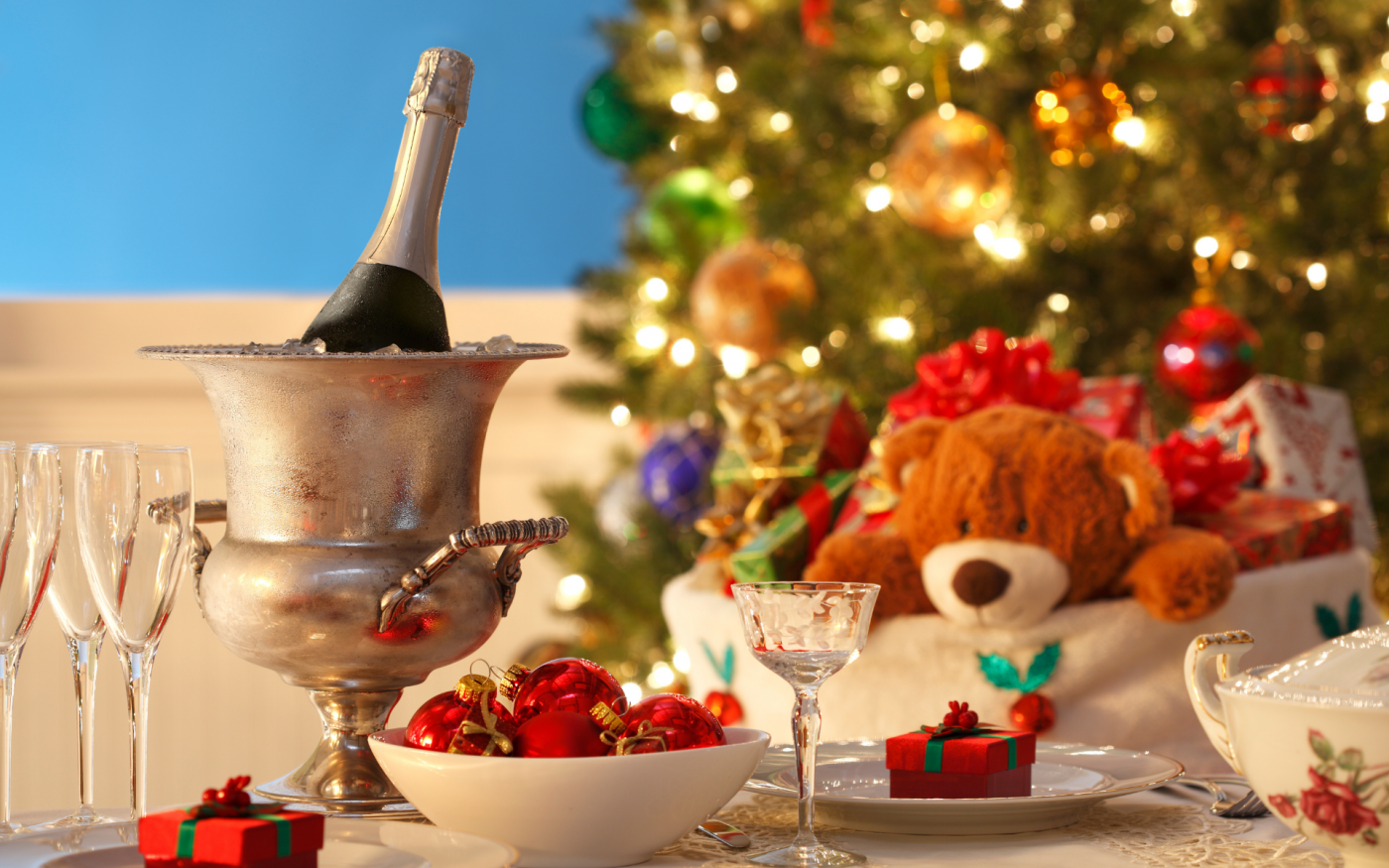Tasty reads
Sparkling Wines for Christmas: Which ones to choose and how to consume them


“Bubbles mon amour” one might say, in fact sparkling wines are on the rise in Italy and around the world.
Various reasons vary: from the numerous occasions to consume a sparkling wine, to the multifaceted groups of consumers who appreciate them. They also fulfill an elementary need: immediate and engaging sensory impact.
Part of the credit goes to the sparkling wine industry: it now makes available various types of sparkling wines, whether dry, sweet, or demisec, whether Martinotti-Charmat method, or Classic Method.
What’s more, on the subject of pairings, there are really no problems: “On the table anytime, anyhow,” sounds like a slogan, instead it has been an established trend for years. In fact, for the youth world, “Pas de probleme.”
On the subject of pairings, there are really no problems: “On the table anytime, anyhow,” sounds like a slogan, instead it has been an established trend for years.
In fact, in the very popular “happy hours” or “buffet aperitifs,” people look for everything: friendship, sociability, music; maybe they are concerned about the way they dress, but the topic of “what do I pinch on the counter?” is completely nonexistent. So off with the sparkling wines all meal and all dishes: risotto with Champagne, or canapés with blue cheese and Asti.

Aromatic rosé sparkling wines suitable for many chocolate desserts and the like.
Today, new and innovative patterned pairings are sought, perhaps with some pleasant forcing. Welcome them, especially among a young audience. This tends to overcome, albeit with difficulty I might add, the serious problem of so-called seasonal adjustment.
How to guide the choice to buy a sparkling wine? There are many reasons to prioritizeAsti DOCG. The “unique and unrepeatable” sparkling wine with pleasantly floral and fruity aromas and a sweet, balanced taste. Most suitable, however, for panettone and holiday desserts.
Dry sparkling wines are also fine for the New Year’s toast; you are spoiled for choice: Classico, Talento, Champagne, Cavas.
Better still opt for an Alta Langa, the heir to Piedmont’s great sparkling wine tradition; it is made from 90 percent pinot noir and chardonnay grapes.
But other “minor” productions, are meeting with success among gourmets. Here are a few.
Obtained from the malvasia vine, whose presence in Monferrato, can be traced back to the 13th century. Produced in and around the municipalities of Casorzo, the nose has intense aromas of morello cherry, apricot and black currant.
Legend has it that with such a wine Julius Caesar conquered Cleopatra, Queen of Egypt. It has a light ruby color, while Bulgarian rose is the distinctive olfactory note.
In Treiso, four winemakers, schoolmates, in partnership produce “Epacrife,” a classic sparkling wine made from nebbiolo grapes. The product is not dosed.
In Santo Stefano Belbo, a winemaker, Alberto Cane, offers theAlta Langa Marcalberto-we are still in the field of bottle-fermented sparkling wines-while in the Acqui area, the “Couvage” brand is a symbol of high quality and refined elegance, even in its beautiful packaging.
We conclude with Arneis spumante, dry and fruity, and-with Birbet spumante, sweet and aromatic. These are the rare sparkling wines of Roero.
If you really want to toast with Champagne, look for small producers newly on the market. They guarantee quality and affordable prices: I mention Maison Bonnaire with a Blancs de Blancs Sous Boir E.B. made with a pure chardonnay base.
Among the famous brands, if you really want a mythical Champagne, choose “Grand Dame” from the more than 100-year-old and well-known Cliqot-Ponsardin maison. Excellent on all levels, adequate image and price ratio, also won over Napoleon Bonaparte.

Sparkling wines are served “chilled and not chilled”: 7-8 degrees for sweet and aromatic, 10-11 for dry. Do not use the freezer, but rather the bottom of the refrigerator, or the ice bucket. Accompany the cork to the exit, as the bang is a sign of bad taste (with exceptions I might add). Use the appropriate tongs if necessary.
Serve in tall, narrow flutes, but not for Asti, in which case cup is a must.
With seafood cuisine, no special sauces, drink dry sparkling wines. With panettone, fruit cakes and tarts, mousses, fine pastries prefer sweet and aromatic sparkling wines. With chocolate and derivatives try sparkling wines from black grape varieties, namely brachetto and malvasia.
Best wishes.
